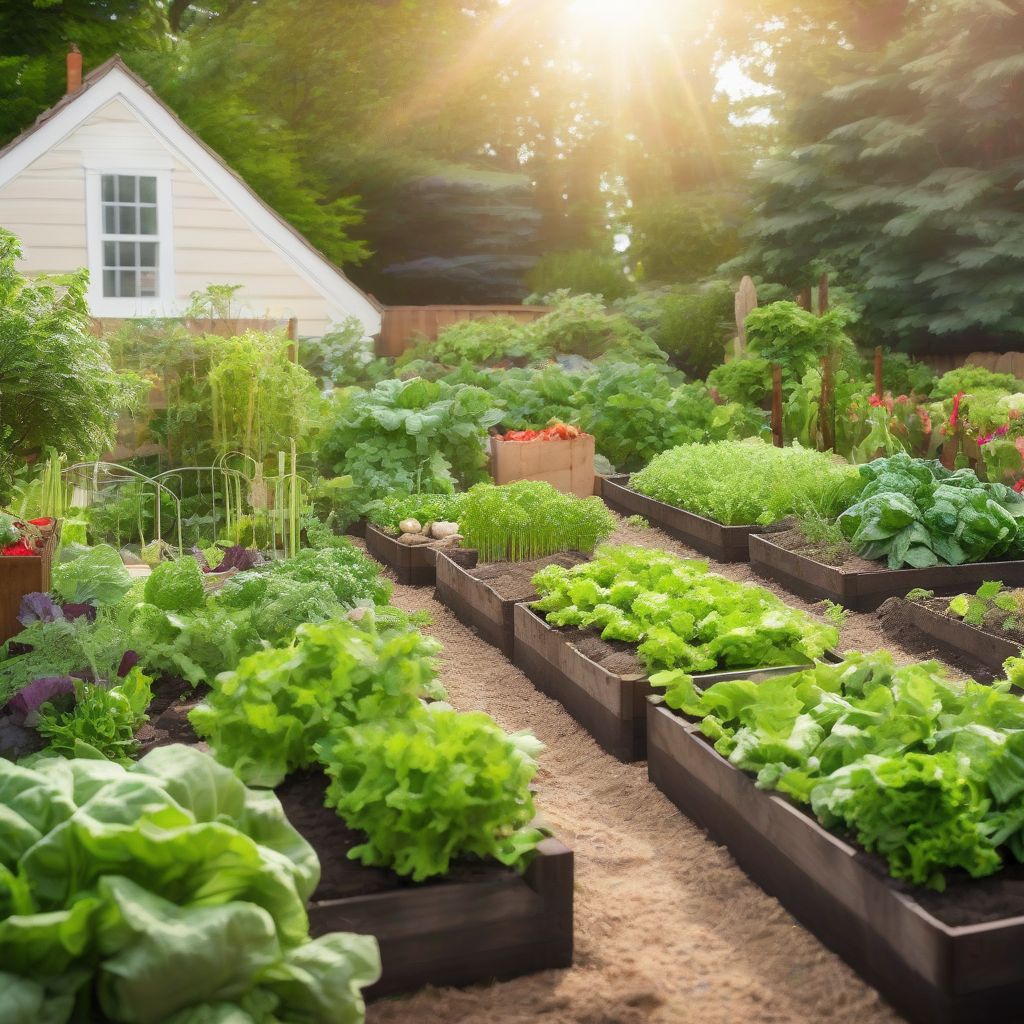As a nutritionist and meal prep coach, I’m passionate about healthy eating and fresh, organic produce. There’s nothing quite like the taste of homegrown vegetables and herbs, bursting with flavor and nutrients. And spring, with its promise of new life and warmer weather, is the perfect time to start your own organic garden. Whether you’re a seasoned gardener or a complete beginner, this comprehensive guide will provide you with everything you need to know about planting organic vegetables and herbs this spring.
Planning Your Organic Spring Garden
Before you even pick up a trowel, careful planning is essential for a successful organic garden. This involves understanding your local climate, choosing the right plants, and preparing your soil.
Understanding Your Climate and Planting Zones
Knowing your last expected frost date is crucial. This date determines when it’s safe to plant tender seedlings outdoors. You can find this information by searching online for “frost dates [your location]” or contacting your local agricultural extension office. Also, understanding your USDA Plant Hardiness Zone will help you select plants that are best suited to your region’s climate.
Choosing the Right Vegetables and Herbs
Select vegetables and herbs that thrive in your climate and that you enjoy eating! Some popular spring vegetables include lettuce, spinach, carrots, radishes, peas, and beets. For herbs, consider basil, cilantro, dill, mint, and parsley.
“As a nutritionist, I always recommend starting with a few easy-to-grow options like lettuce and radishes to build confidence and experience,” says Registered Dietitian, Sarah Green (fictional).
Soil Preparation for Organic Gardening
Healthy soil is the foundation of a thriving organic garden. Amend your soil with compost or other organic matter to improve its structure, fertility, and water-holding capacity. Avoid using synthetic fertilizers and pesticides, which can harm beneficial soil organisms and contaminate your crops.
Starting Seeds Indoors vs. Direct Sowing
You have two main options for starting your spring garden: starting seeds indoors or direct sowing.
Starting Seeds Indoors
Starting seeds indoors gives you a head start on the growing season, particularly for slow-growing vegetables like tomatoes and peppers. Use seed starting trays filled with a sterile seed-starting mix. Keep the soil moist and provide adequate light, either from a sunny window or grow lights.
Direct Sowing
Some vegetables and herbs, like carrots, radishes, and spinach, are best sown directly into the garden bed. Follow seed packet instructions for planting depth and spacing.
Planting Your Organic Garden
Once the danger of frost has passed, it’s time to plant your seedlings or sow seeds directly into the garden.
Transplanting Seedlings
Harden off your seedlings by gradually exposing them to outdoor conditions for a week before transplanting. This helps them acclimate to the wind, sun, and temperature fluctuations. Plant seedlings at the same depth they were growing in their containers.
Planting Seeds Directly
Follow seed packet instructions for planting depth and spacing. Keep the soil consistently moist until the seeds germinate.
Caring for Your Organic Garden
Maintaining a healthy organic garden requires regular attention.
Watering
Water deeply and less frequently, encouraging roots to grow deeper. Avoid overhead watering, which can lead to fungal diseases.
Weeding
Weed regularly to prevent competition for nutrients and water. Mulching can help suppress weeds and retain moisture.
Pest and Disease Control
Monitor your plants for signs of pests and diseases. Use organic methods of control, such as beneficial insects, companion planting, and natural sprays.
Harvesting Your Organic Bounty
The best part of gardening is enjoying the fruits (and vegetables!) of your labor.
Harvesting Tips
Harvest vegetables and herbs at their peak ripeness for the best flavor and nutritional value. Refer to seed packets or gardening guides for specific harvesting instructions.
 Spring Vegetable Garden
Spring Vegetable Garden
Conclusion
Starting an organic vegetable and herb garden this spring can be a rewarding and fulfilling experience. By following these tips and guidelines, you can enjoy fresh, flavorful produce right from your own backyard. Remember to plan carefully, choose the right plants for your climate, and nurture your garden with consistent care. Now, get your hands dirty and enjoy the magic of growing your own food! What are you most excited to plant this spring? Share your gardening plans and experiences in the comments below!



